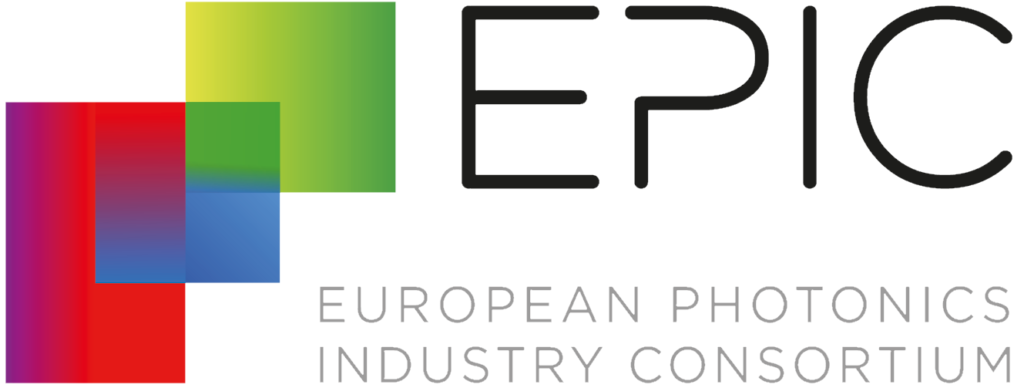Fiber optics provide the long-term stability required for structural health monitoring.
Reduce maintenance costs and safety risks with reliable infrastructure monitoring
Safeguard structural integrity
While the size and complexity of modern infrastructure continue to increase, existing constructions are starting to require extra care. Detecting damage and overstress in bridges, tunnels and buildings early on allows for preventive repairs, avoiding catastrophic failure. Maintaining the structural integrity of power stations or offshore installations is equally critical.
Measure and forecast changes
Deploy large-scale predictive maintenance and extend structure lifespan
Monitor strain, temperature, displacement, acceleration, tilt and other parameters over long distances to anticipate damage or deterioration.
Fiber optic sensing can be used in various industries, from controlling train and car traffic to maintaining the integrity of oil rigs and high-voltage line towers.

Even in the toughest environments
Exceptional accuracy and long-term stability
Fiber optic sensors offer high accuracy over a large operating range, whether they are used for accelerations down to 0.01 Hz or for strain up to 5,000 µstr. Moreover, they are uniquely resistant to extreme conditions.

Resistant to corrosive environments

Resistant to lightning strike

Insensitive to electro magnetic interference

Resistant to extreme temperatures

Safe to use in explosive environments
For the most demanding industries
This is why fiber optic sensing is perfectly suited for structural health monitoring in contexts such as:
Civil infrastructures
- crack and metal fatigue detection
- load sensing for traffic control
- monitoring suspension cable deformations
Power plants
- detection of cracks and leakage
- monitoring the integrity of high voltage line towers
- preventing equipment failure
Oil & gas installations
- monitoring oil rig integrity
- monitoring in-well temperature and pressure
- monitoring pipelines
- monitoring gas turbines
Reliable retrofit solutions
Easy to install, reduced wiring complexity, even over long distances
Fiber optic sensors can be embedded in, or mounted on, steel, asphalt, composite or concrete surfaces. The fact that a single fiber contains multiple sensors significantly reduces the wiring outlay as compared to electrical sensors.
The advantages of the Sentea data acquisition system
Our interrogator is compatible with almost all of the fiber optic sensors on the market, but that is not the only advantage of our solution.
Cost-effective
Small form factor
Easy to install and integrate
High speed
data acquisition
Interoperable with many sensors
Want to make your infrastructure smart?
Our sales engineers will help you get started.
